#archaeology
#archaeology
[ follow ]
#neanderthals #conservation #fire-making #ancient-dna #cultural-heritage #dog-domestication #pompeii
fromwww.theguardian.com
1 week agoKilling the Dead by John Blair review a gloriously gruesome history of vampires
The word vampire first appears in English in sensational accounts of a revenant panic in Serbia in the early 18th century. One case in 1725 concerned a recently deceased peasant farmer, Peter Blagojevic, who rose from the grave, visited his wife to demand his shoes, and then murdered nine people in the night. When his body was disinterred, his mouth was found full of fresh blood. The villagers staked the corpse and then burned it.
History
fromGameSpot
4 weeks agoIndiana Jones And The Great Circle Is The Real Successor To The Last Crusade
Below, we examine how it carried the torch of the classic films to create the best new piece of Indy fiction in decades. Indiana Jones is one of the most revered blockbuster stories of the 1980s. Spielberg and Lucas' work on the original trilogy stands alongside Jaws and Star Wars as timeless classics that are worth revisiting regularly. The more recent entries--the Crystal Skull and the Dial of Destiny--do little to live up to the standard that the first three set.
Video games
Food & drink
fromTasting Table
1 month agoWhat The Discovery Of 4,000-Year-Old Noodles In China Taught Us About The World-Famous Food - Tasting Table
A 4,000-year-old bowl of millet noodles from Lajia, China shows hand-pulled technique and challenges assumptions about the geographic and grain origins of noodles.
fromwww.theguardian.com
1 month agoNational Trust launches fundraiser to help buy land around Cerne Giant
The mystery of when, how and perhaps most importantly why a giant naked figure was carved into a dizzyingly steep hillside in the English West Country has been a source of wonder and intrigue for centuries. Future generations may come closer to solving the puzzle of the Cerne Giant after the National Trust stepped in to buy 340 acres of land around the 55-metre (180ft) figure. The planned purchase is expected to clear the way for more archaeological investigations around Britain's largest chalk hill figure, which looms over the rolling Dorset landscape.
History
fromwww.mercurynews.com
1 month agoThe storyteller: Bay Area archaeologist finds the hidden narratives in state parks
In that job, the 73-year-old Parkman used artifacts found in old ruins or the chemistry of rocks and layers of soil to piece together possible narratives about life in the Bay Area as far back as tens of thousands of years ago or as recently as the late 20th century. More than being a scientist or historian, Parkman has always seen himself as a storyteller with an innate curiosity about other worlds and a desire to imagine the people who lived in them.
California
fromMail Online
1 month agoAncient figurine in Israel has earliest depiction of bestiality
Laurent Davin, an archaeologist at the Hebrew University of Jerusalem who made the finding, called it 'extraordinary on multiple levels'. 'The depicted scene relates to the imaginary mating of a gander spirit with a woman,' he told the Daily Mail. 'Such imaginary mating between animal spirits and humans are very common in animistic societies across the world in specific situations such as erotic dreams, shamanistic visions and myths.' Although the detail is hard to make out, scientists have recreated the scene in a new illustration.
World news
fromARTnews.com
1 month agoAncient Limestone Face Carving Discovered During Controversial Maya Train Project Excavation
The face's features-"deep-set eye sockets, a flat nose, and lips marked by a cleft that also emphasizes the chin"-suggest that the face belongs to "an elderly man." The INAH statement describes that when the 18-inch-tall carving was uncovered, it was attached to the remains of the foundation of a building with an ovoid floor plan and an entrance facing west, to maximize sunlight.
Arts
Arts
fromThe Art Newspaper - International art news and events
1 month agoIn southern Italy, a long-planned excavation is revealing the secrets of an ancient Greek sanctuary
Tiziana D'Angelo directs Paestum and Velia archaeological parks and serves as deputy director of the Royal Palace of Naples, managing excavations and museum reinstallation.
Science
fromThe Art Newspaper - International art news and events
2 months agoProtecting North America's oldest cave art after an historic flood raised new alarms
Dunbar Cave's centuries-old Indigenous cave art was fully submerged in unprecedented February flooding, prompting damage assessment and restoration efforts.
fromwww.theguardian.com
2 months agoI won't apologise for The Lost King Leicester University's treatment of Philippa Langley is a profound injustice | Steve Coogan
About 15 years ago, Philippa Langley set out on a mission to find the remains of King Richard III, the last Plantagenet king of England. Almost everyone regarded this as an impossible task. His remains had gone undiscovered for more than 500 years. It was a folly, a fool's errand. She was out of her depth, an amateur. No letters after her name. But Philippa diligently did the work and did her research. She had an inner conviction that she would find him, and she
Film
fromwww.thehistoryblog.com
2 months agoMonumental stone-lined water basin found in Gabii
A massive stone water basin of unknown purpose has been discovered in the ancient site of Gabii, 11 miles east of Rome. Most of it dates to around 250 B.C., but there is evidence that some parts were built at an earlier date. It is one of the earliest examples of Roman monumental architecture that isn't a temple or a defensive wall.
History
fromColossal
3 months ago6,500-Year-Old Earthworks in Austria Are Thousands of Years Older than Stonehenge
Around 10,000 years ago, a paradigm shift in human history began to unfold. Prior to this transitional period, which archaeologists refer to as the Neolithic Revolution -the final phase of the Stone Age-small societies were organized around hunting and gathering for sustenance. During the Neolithic period, the gradual adoption of agricultural practices forever changed the way we live. Over the next few thousand years, humans began domesticating plants and practicing animal husbandry in different parts of the world.
History
fromwww.npr.org
3 months agoWyoming town erects new monument to violent, anti-immigrant history
Towering plateaus dotted with sage brush and roaming wild horses surround the desert town of Rock Springs, Wyoming, with a population of about 23,000. A short drive from Main Street, two rectangular holes form a checkerboard pattern in a grassy lawn connecting a Catholic church with a nearby schoolyard. Six Grinnell College researchers spent the summer here digging, scraping and screening the soil, most of whom have never been to Wyoming before.
US news
fromwww.theguardian.com
3 months agoTunnel vision': how Israel is using archaeology for political ends
While Rubio was on this tour of ancient Jerusalem, Israeli planes bombed the most important storage depot of ancient artefacts in Gaza City, pulverising three decades of archaeological work. The battle over history has long been part of the broader Israeli-Palestinian struggle. Officials from the Israel Antiquities Authority have followed Israeli troops into occupied zones in search of artefacts. But that struggle has seldom been as conspicuous as in the past month.
US politics
fromwww.independent.co.uk
3 months agoArchaeologists uncover forgotten Scottish castle thought to have been home to kings
A forgotten royal castle that is believed to have once been home to kings who ruled parts of Scotland has been discovered in a major archaeological project. In a recently released book, archaeologists reveal the existence of a castle at Finlaggan, on the isle of Islay, which is unnamed and previously unknown from the 12th and 13th centuries. Archaeologists have spent nearly 30 years analysing research that was undertaken at the historical site on Islay from 1989 to 1998.
History
History
fromThe Art Newspaper - International art news and events
4 months agoIn a new exhibition, Turkey displays the success of its heavyweight heritage drive
Turkey is investing heavily in archaeology, unveiling hundreds of recent finds and repatriations to become a global archaeological leader and boost tourism.
History
fromThe Art Newspaper - International art news and events
4 months ago'Exceptional importance': drought reveals ancient tombs at Iraq's Mosul Dam
Severe drought at Mosul Dam exposed 2,300-year-old cemetery of 40 oval ceramic tombs, revealing archaeological sites while threatening Iraq's ancient heritage.
fromwww.aljazeera.com
4 months agoDrought in Iraq unearths more than 2,000 years old tombs
The newly discovered tombs are believed to date back to the Hellenistic or Hellenistic-Seleucid period. Archaeologists in drought-hit Iraq have discovered 40 ancient tombs after water levels in the country's largest reservoir declined, according to an antiquities official. The tombs, believed to be more than 2,300 years old, were unearthed at the edges of the Mosul Dam reservoir in the Khanke region of Duhok province in the country's north.
History
[ Load more ]







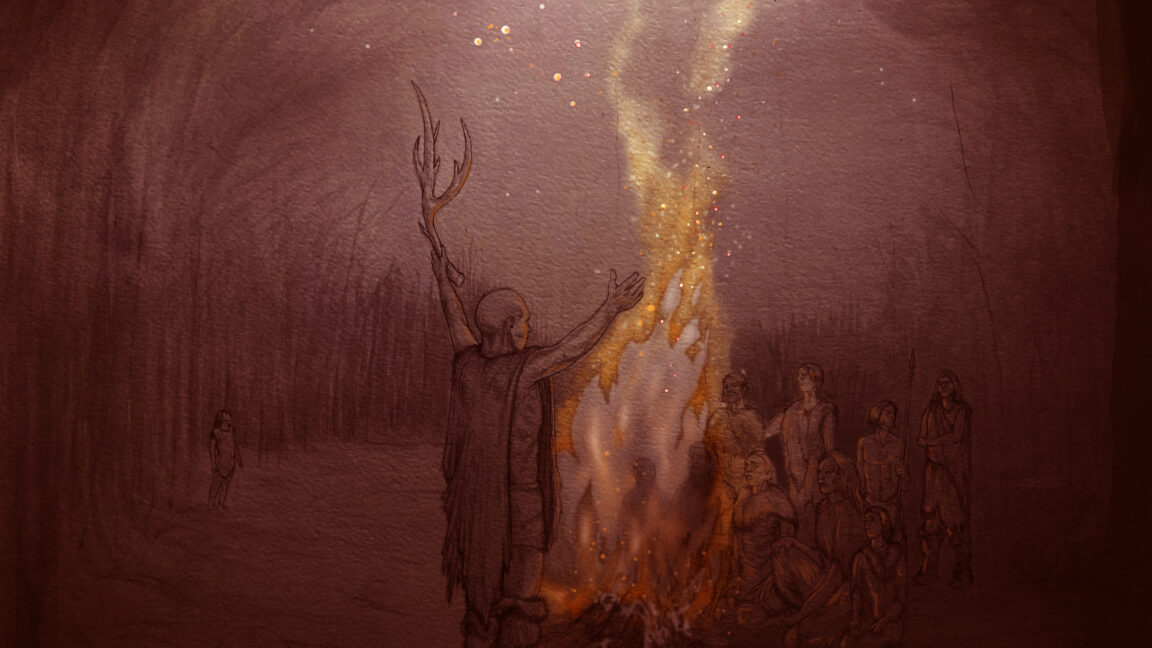


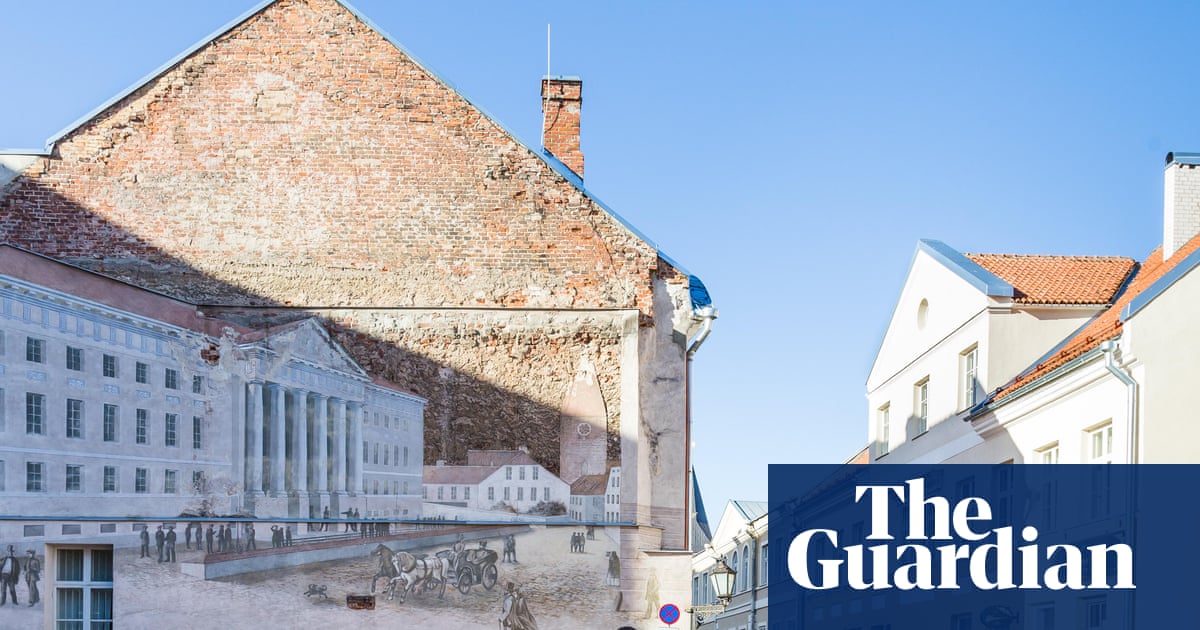

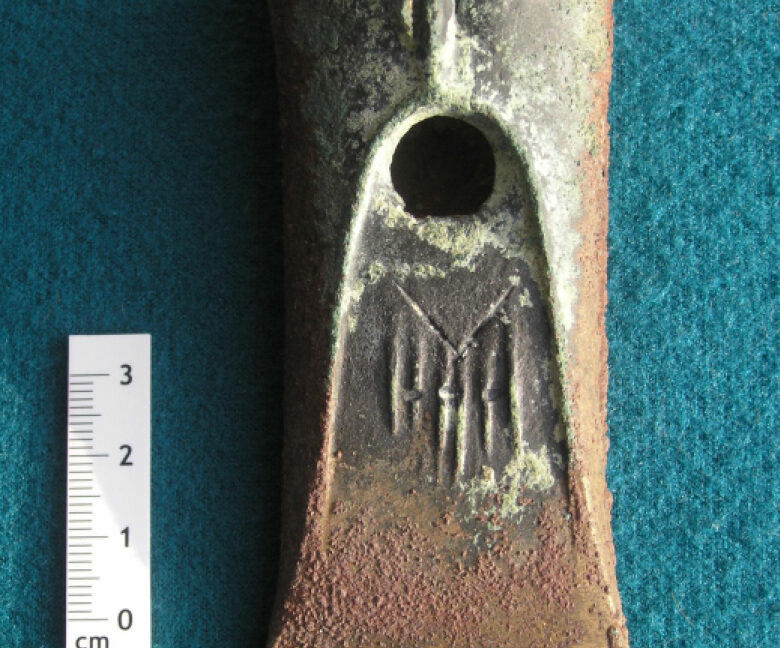
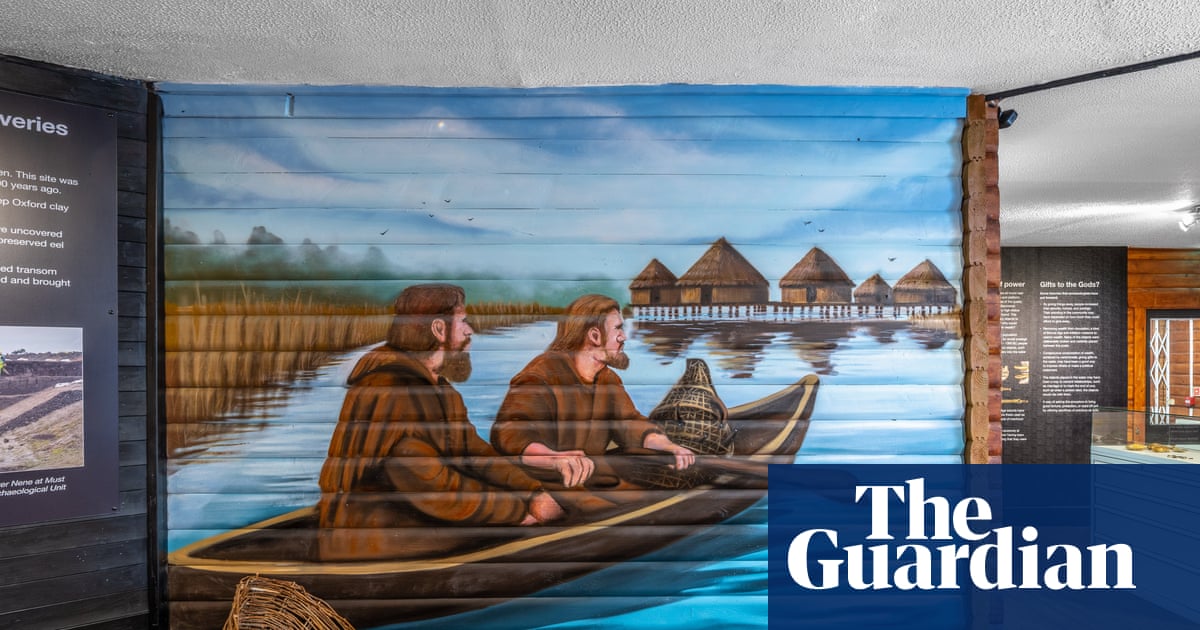
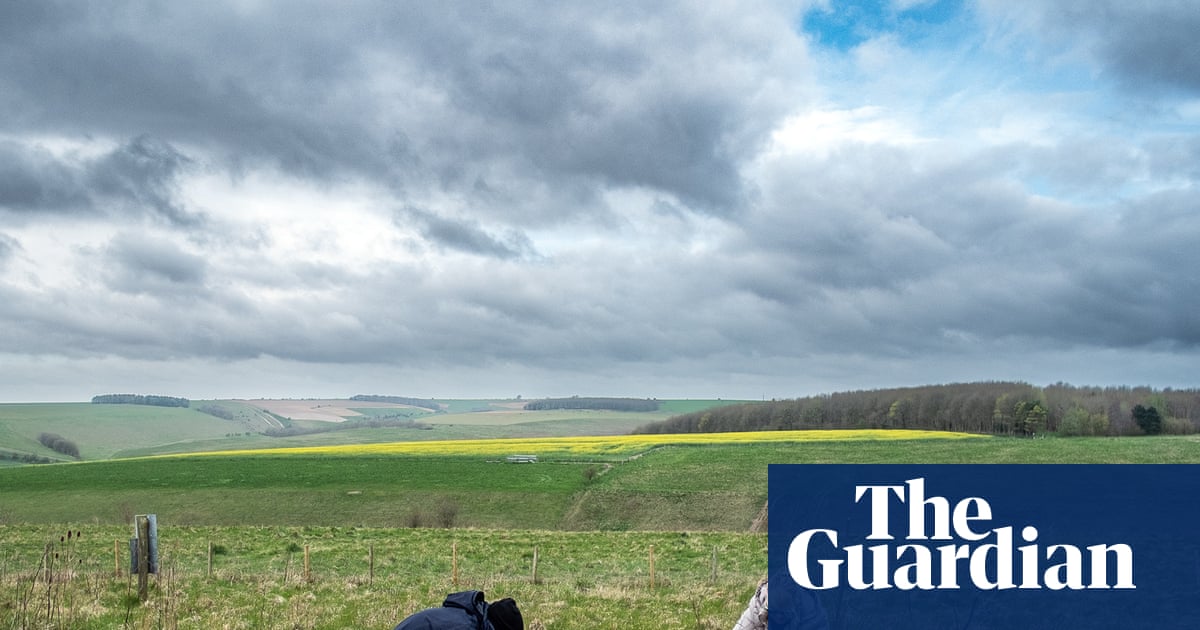
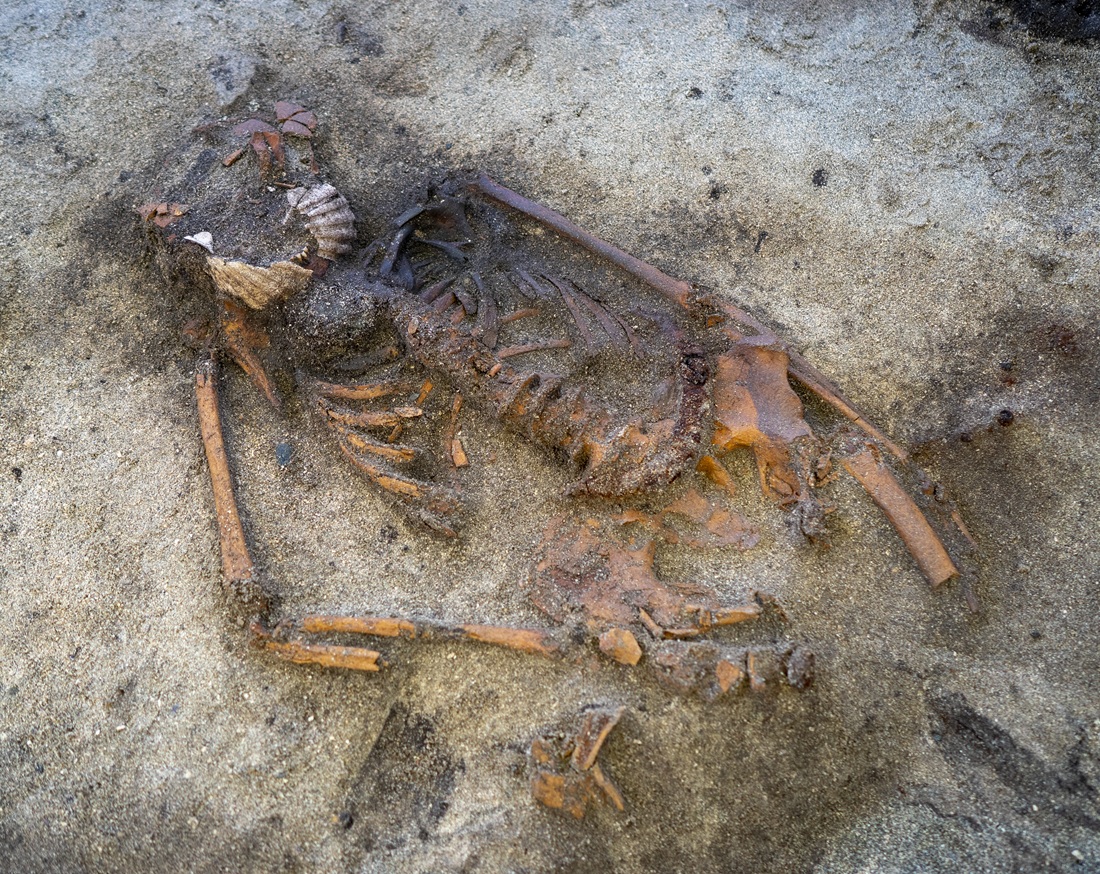
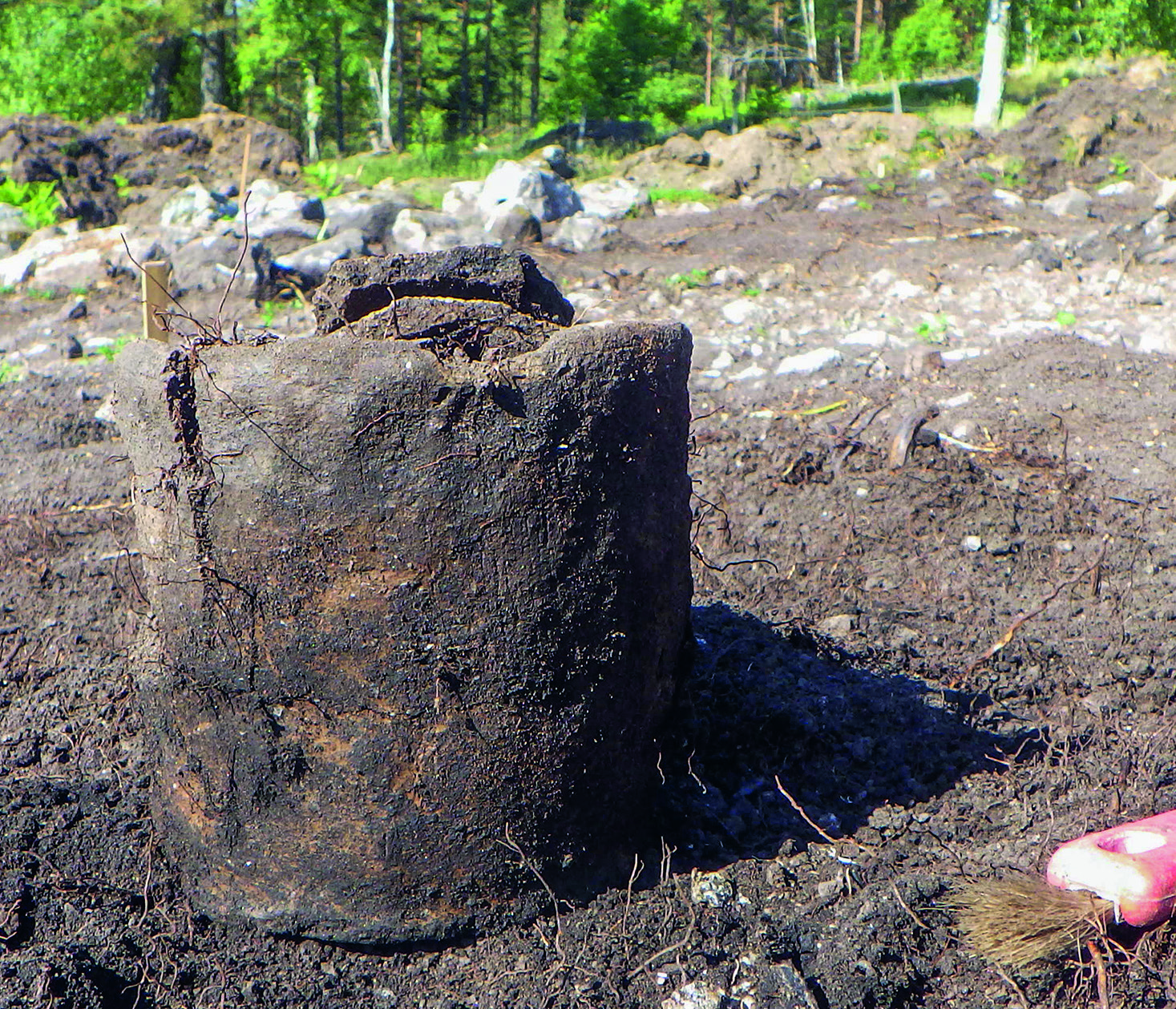
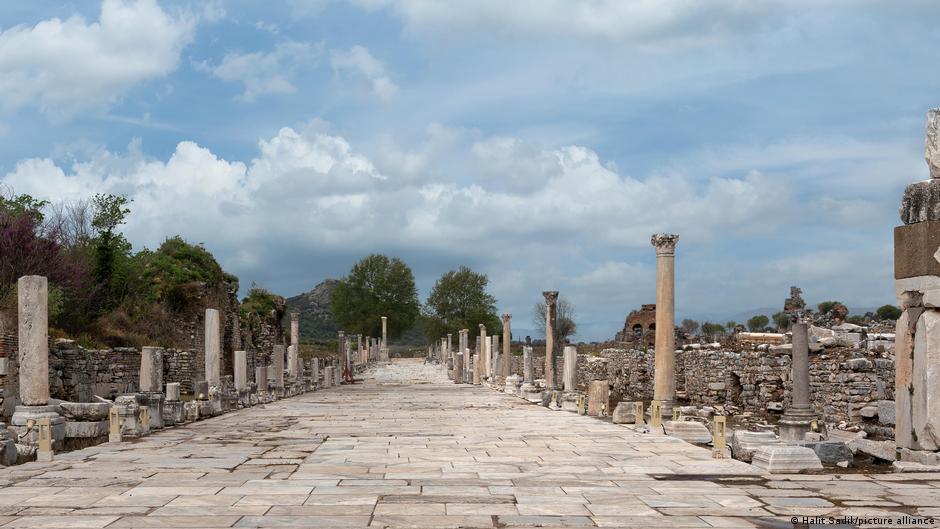
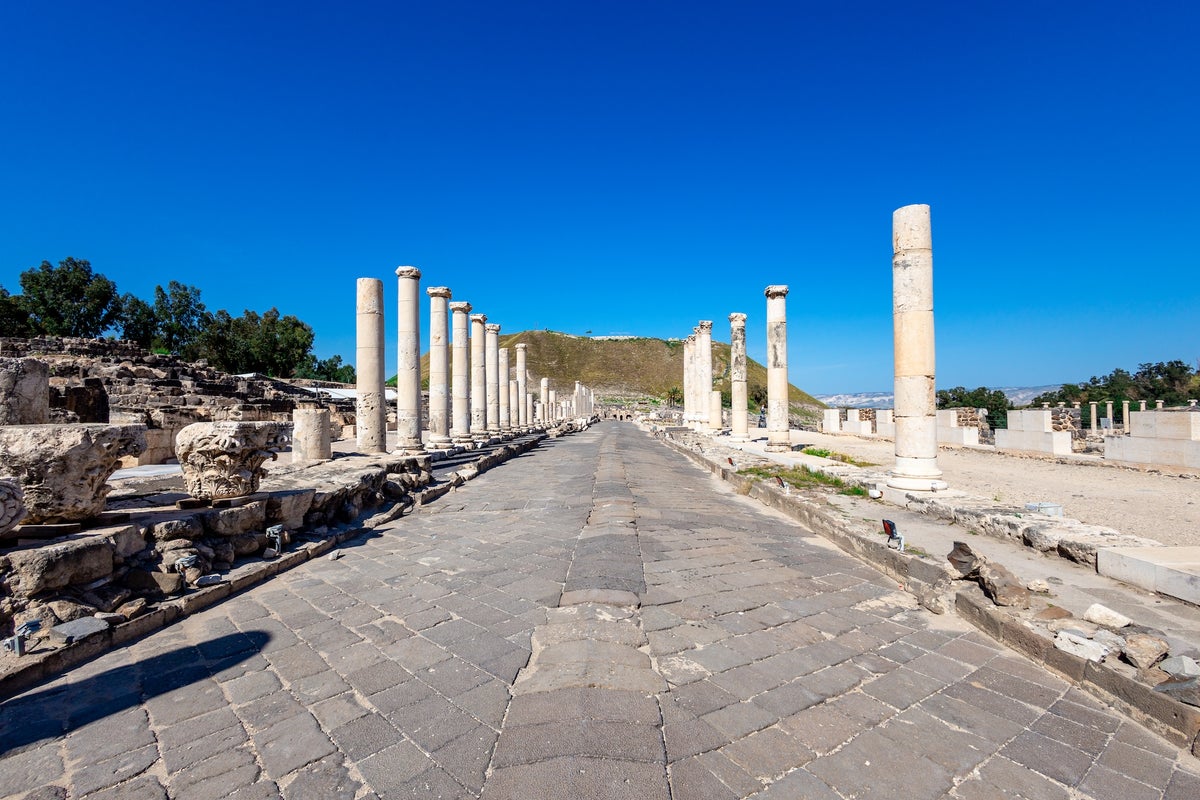
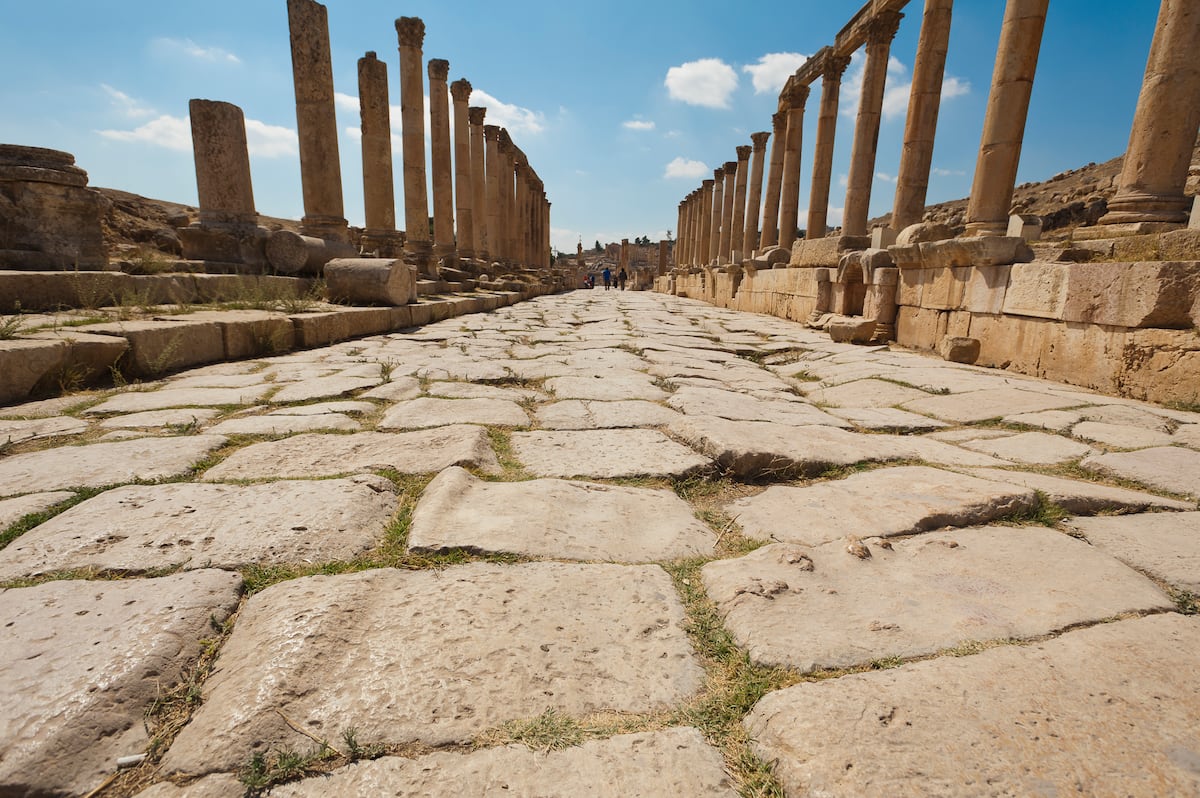
.jpeg?width=1200&height=800&crop=1200:800)




